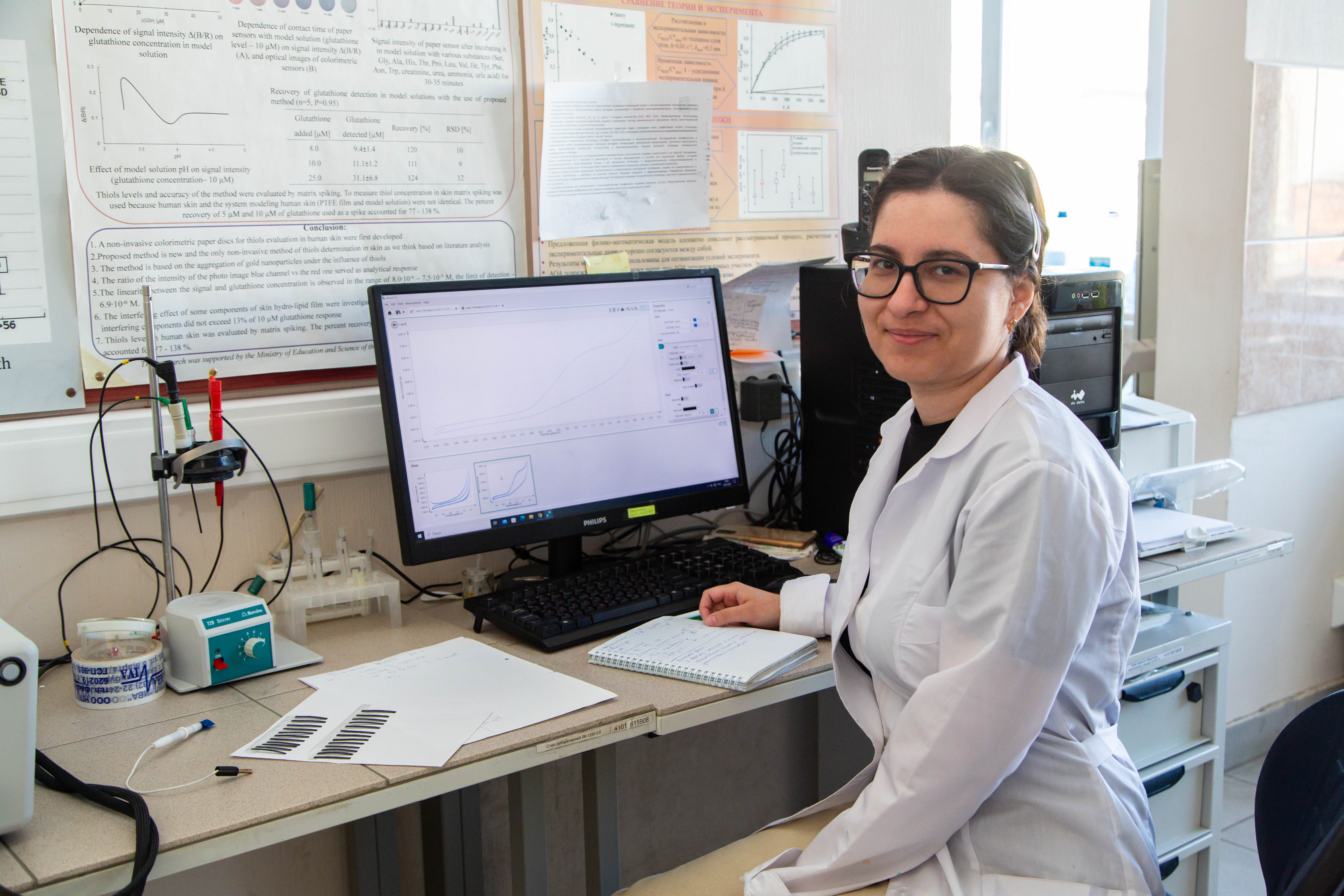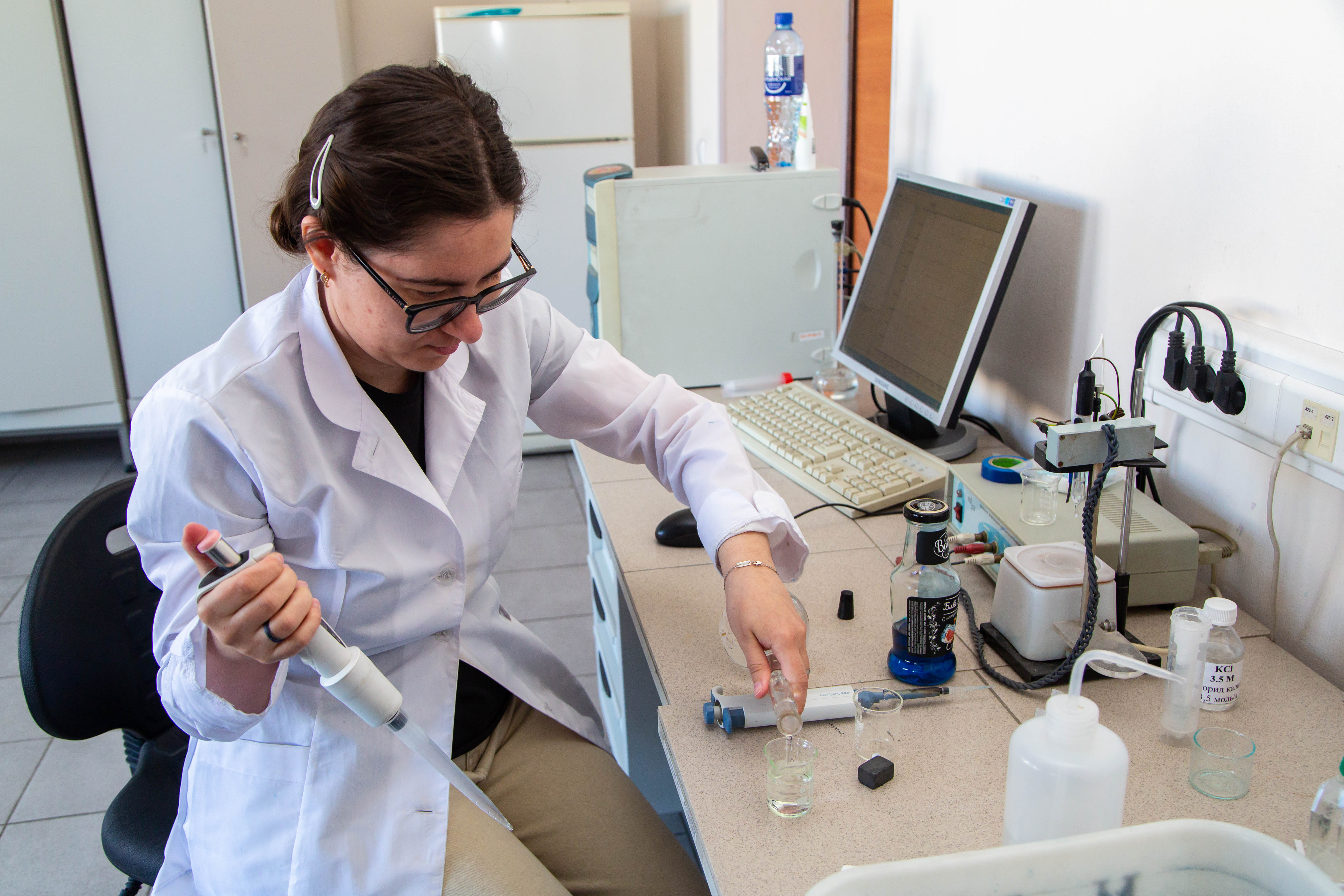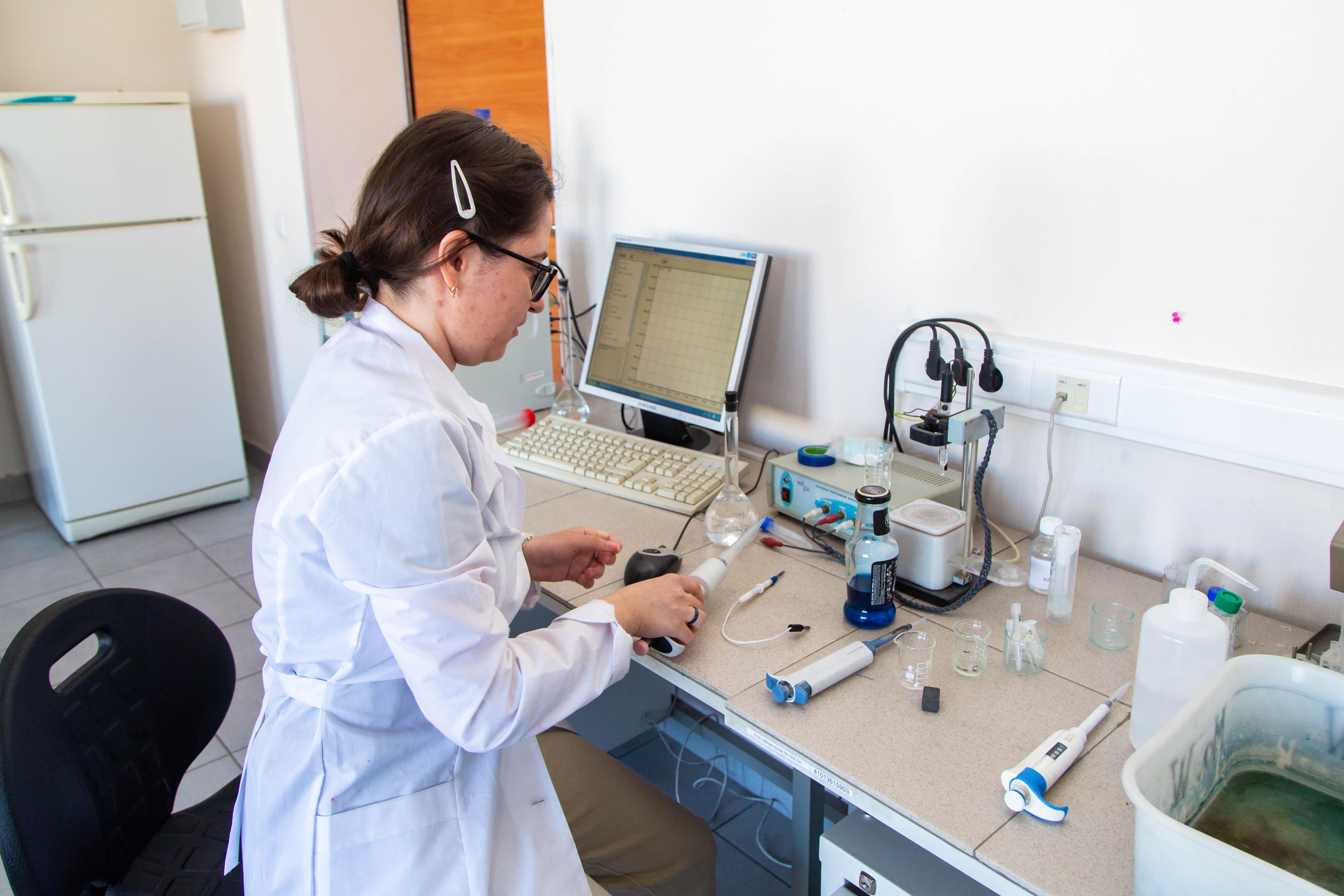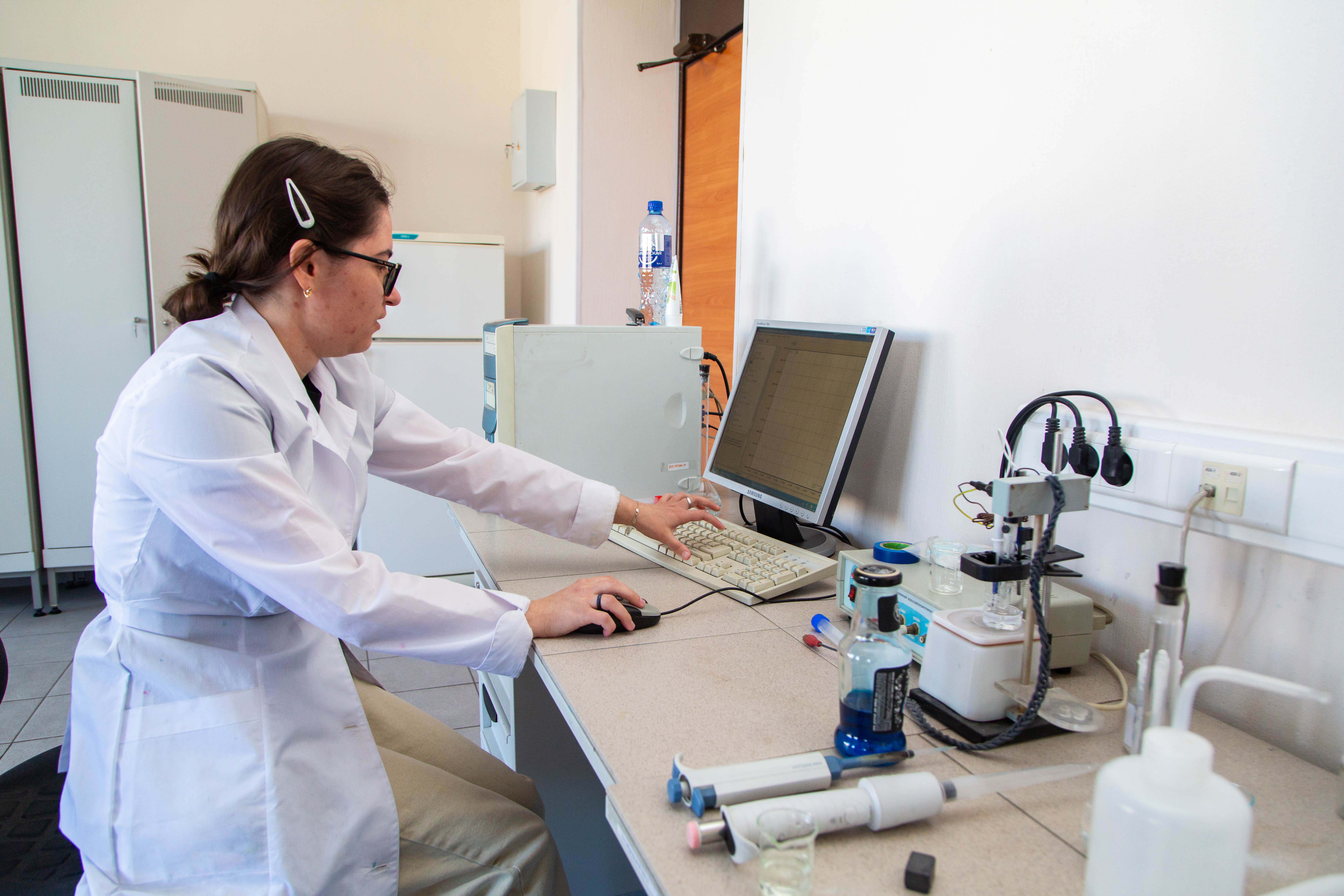 See other releases of corporate mass media
See other releases of corporate mass media
Cheap and very accurate!
Scientists at Ural State University of Economics have developed sensors that can detect even traces of synthetic coloring agents in food products. Moreover, high accuracy was achieved using materials atypical for standard research.

The sensors that laboratories use today for electrochemical analysis are capable of detecting micromoles of coloring agents in food products. The cost of a set of electrodes reaches 3,000 euros. Ekaterina Khamzina, an engineer at the USUE Department of Physics and Chemistry, has developed analogues that are several times cheaper and at the same time much more sensitive: they detect nanomoles of coloring agents.




According to Ekaterina, COVID-19 led her to search for new materials. During the pandemic, it was very difficult to buy sensors. An electrochemical sensor is an electrode treated with substances that react to a specific chemical composition. The first thing Ekaterina Khamzina thought about was the material of a current-carrying conductor. Abroad, they use glassy carbons. However, a carbon fiber nonwoven turned out to be ideal; in everyday life it is used as a surface layer of a laminate or for decorative finishing. Before Ekaterina, no one had used a carbon fiber nonwoven as an electrode.

“Materials with carbon are good conductors of current. But not all of them are suitable: the thickness of fibers and the way they are intertwined are important. In addition, to increase the power of electrical signals it is necessary to use signals modifiers, for example, graphite powder or the rock mineral shungite. Then you can see the concentration of coloring agents in nanomoles, this is 10 raised to the power minus 9. While imported electrodes can determine the maximum content in micromoles, that is, 10 raised to the power minus 6. When I calculated the cost of my high-precision sensor, I was even surprised – it is only 5 rubles,” Ekaterina Khamzina says.

The concentration of synthetic coloring agents in foods is extremely important. Excess can result in allergies, lack of attention, and anemia. And in drinks and vegetable and fruit purees for children under 3 years of age, GOST does not allow the presence of “chemicals” at all.
For the present, Ekaterina Khamzina has developed sensors to determine the concentration level of the color fixative - sodium nitrite (E250) and four yellow and red food coloring agents: Tartrazine (E102), Sunset (E110), Ponceau 4R (E124), Red charming AC (E129).

Ekaterina Khamzina presented the results of a large-scale study in her dissertation “Electrochemical sensors based on a modified carbon fiber platform for the determination of synthetic food additives.” The scientific supervisor was the head of the USUE Department of Physics and Chemistry, Professor Natalia Stozhko . The dissertation was successfully defended for scientific specialty 1.4.2 (Analytical chemistry). Ekaterina Khamzina was conferred the degree of Candidate of Chemical Sciences.
Currently, Ekaterina is working on creating an electrode that could detect blue synthetic coloring agents in drinks.
We congratulate Ekaterina and wish her success in research and new discoveries!













